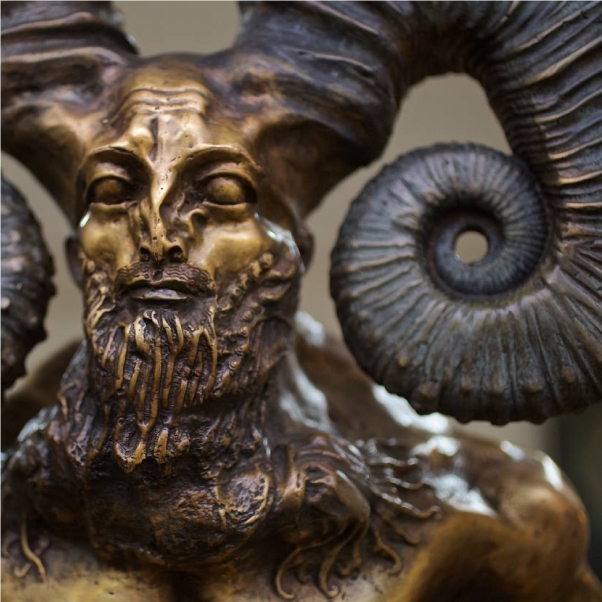Sadovay-Kudrinskaya street, 25, 3rd floor, office 303, 123001
+7 (915) 113 55 15

patinated bronze, casting
27х16 cm, Н-17 cm, 2023
Why is the lion considered the king of beasts? Although these large cats are not necessarily the fastest, most agile, or even the most intelligent predators, the regality of the lion is revealed in its behavior and way of life.
The appearance and manners of a lion are what immediately catch the eye. Its luxurious mane, resembling a crown, its majestic posture, and its proud gaze. With its entire demeanor, the lion demonstrates confidence in its strength, grandeur, and composure.
Nowhere else among predators can one find such organization of coexistence as seen in lions. The male is the leader of the pride. He provides for the entire family, protects the cubs and females, and defends the boundaries of his territory.
In heraldry, the lion symbolizes royal dignity and nobility. In Southeast Asian countries such as China, Japan, and Korea, there exists a mythological image of the lion known as the Chinese lion. It bears little resemblance to a real lion and is more reminiscent of a mythical creature. According to ancient Chinese beliefs, the lion is the defender of the Law, guardian of sacred structures. It represents power, success, royal authority, and strength.
These lion statues were placed as "guardians" in front of the gates of imperial tombs, governmental residences, administrative buildings, and cult structures in imperial China and Japan. Currently, they serve as attributes of Buddhist temples and Shinto shrines.
Sadovay-Kudrinskaya street, 25, 3rd floor, office 303, 123001
+7 (915) 113 55 15
Nevsky Prospekt, 57, Hotel "Corinthia St. Petersburg" 191025,
+7 (911) 932 11 53
Corner of the Marriott Yerevan hotel building